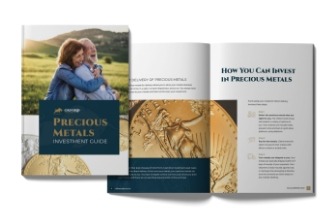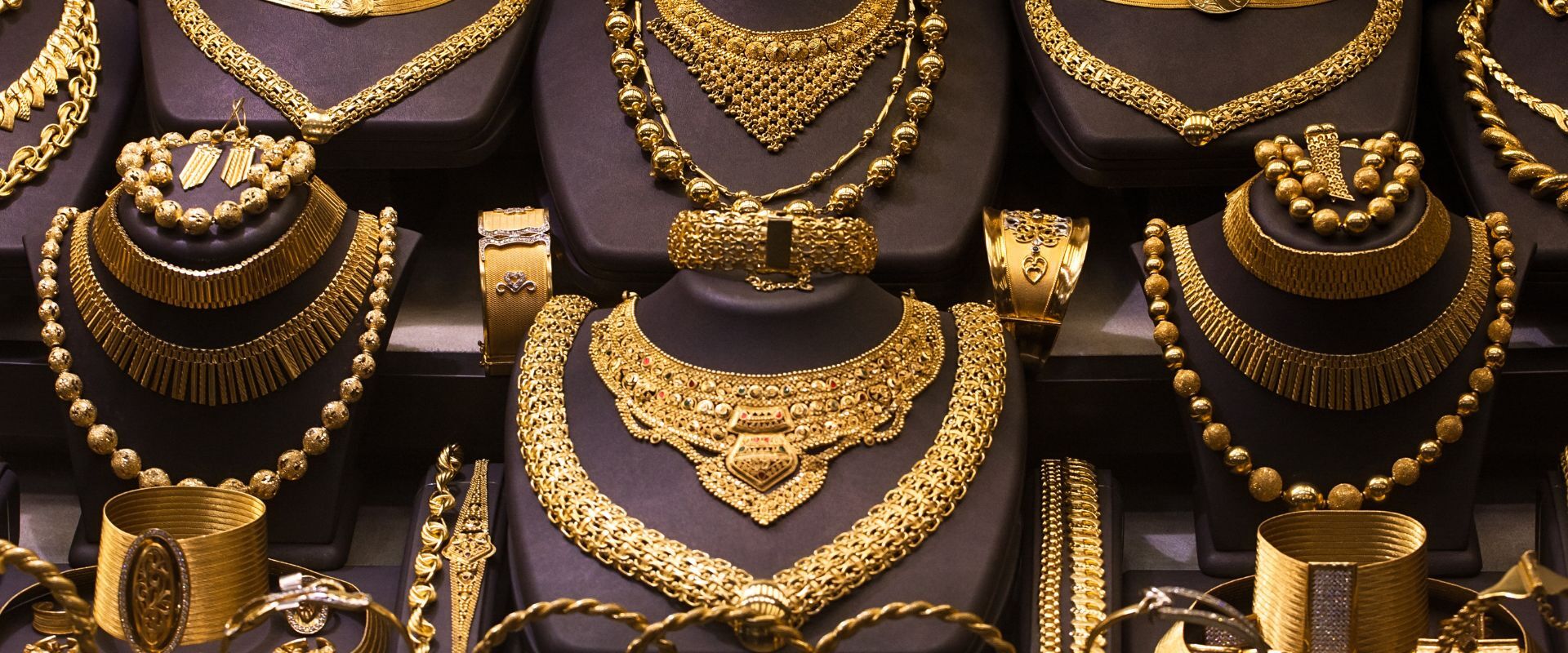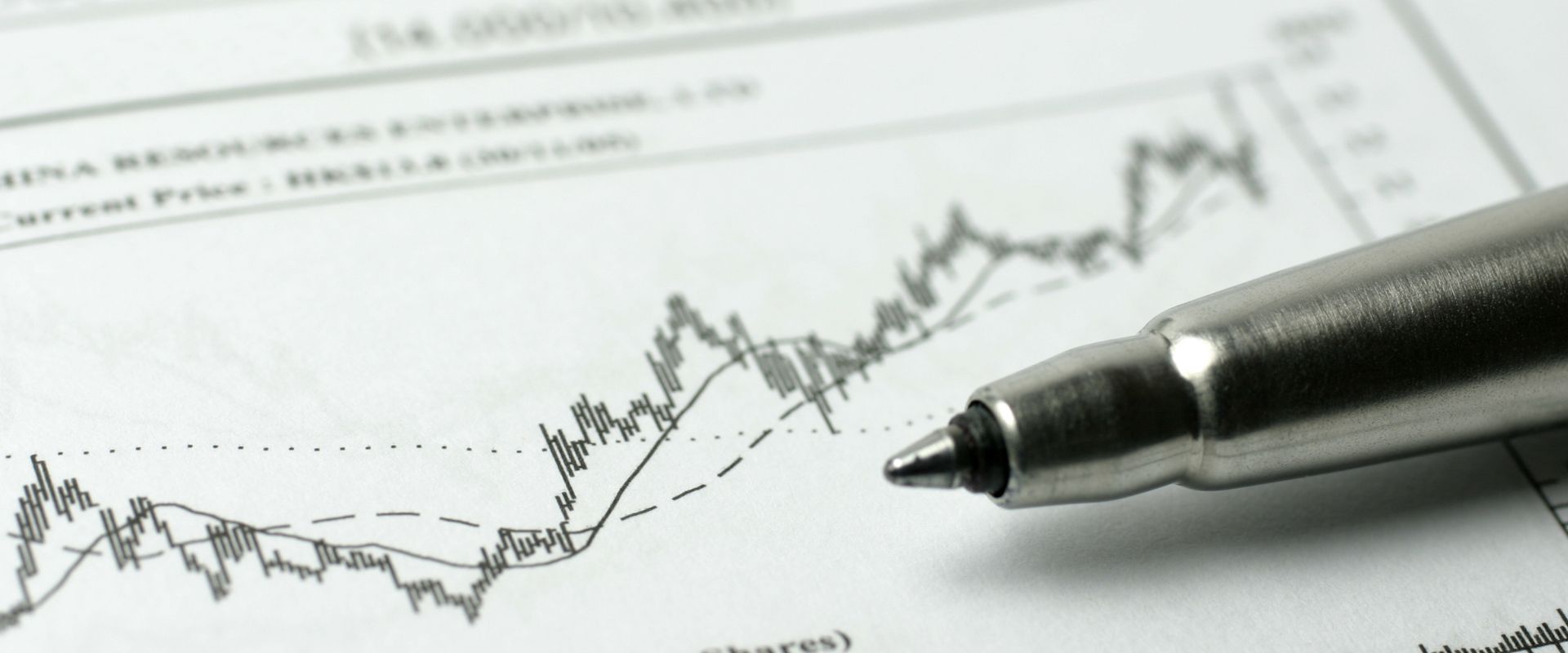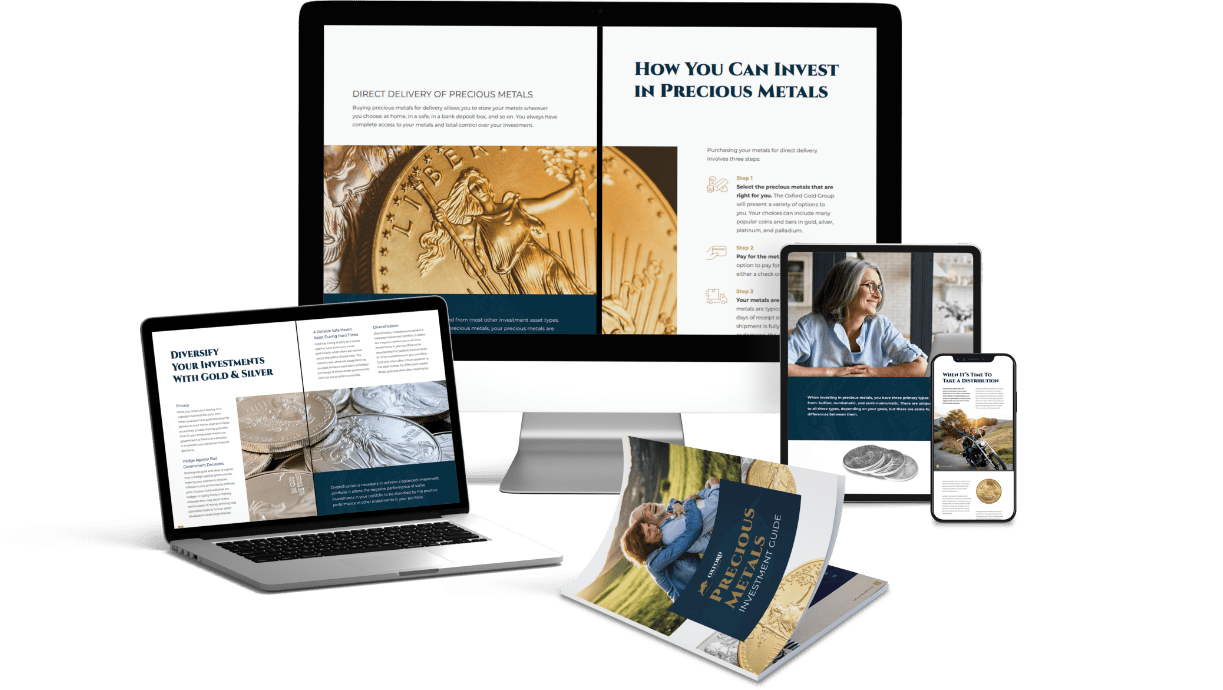Table of Contents
Do you own a 1972 Eisenhower Silver Dollar or want to add one to your collection? Even though the face value of these coins is only $1, they might have a higher numismatic value to collectors and bullion investors interested in silver coins.
The value of a 1972 Eisenhower Dollar depends on various factors, including the coin type, its condition, melt value, and grading. In this guide, our team at the Oxford Gold Group discusses a 1972 silver dollar’s worth and provides general information about this coin.
The Eisenhower Dollar – A Brief History
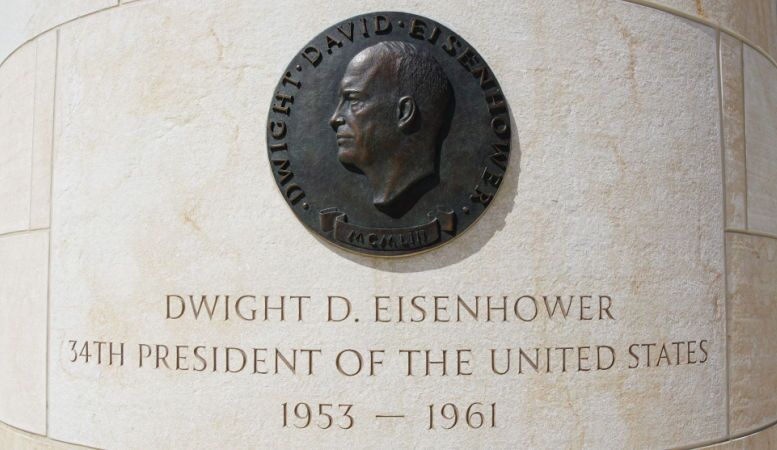
The 1972 Eisenhower Dollar was the first one-dollar coin series to follow the Peace Dollar, with mintage dates from 1971 to 1978. This coin was also the first dollar coin of the copper-nickel-clad era, which started in 1965. However, the Eisenhower Dollar was the last regular-issue coin with the bold physical dimensions of the early silver dollars.
Frank Gasparro, the chief engraver of the United States Mint and designer of the Kennedy Half-dollar, designed the 1972 Eisenhower Dollar. Gasparro designed this dollar to honor the late President Dwight Eisenhower (whose nickname was “Ike”), following a resolution by the House of Representatives after the esteemed politician and WWII general’s death. The design also commemorates the 1969 moon landing.
Due to the increase in silver bullion prices, the first Philadelphia- and Denver-minted Eisenhower Silver Dollars were copper-nickel clad.
Why Is The 1972 Dollar Called the Eisenhower Dollar?
The obverse side of the 1972 dollar features a portrait bust of Dwight Eisenhower that faces left, hence the dollar coin’s name. The word “Liberty” appears above Eisenhower’s head, and the inscription “In God We Trust” appears below the bust with the date. The coin’s mint mark appears below the bust’s neck, though some coins don’t have this mark.
On the reverse side, the coin features the Apollo 11 space mission insignia, an eagle that grips an olive branch while landing on the moon. A tiny earth appears above the eagle’s head.
The 1975 and 1976 designs of the “Ike Dollars” featured the Liberty Bell instead of the moon landing elements.
The Meaning of the Mint Mark for Coin Collectors
Three minting branches produced 1972 Eisenhower Dollars: the Philadelphia Mint, the Denver Mint, and the San Francisco Mint.
The coins from the Denver Mint have “D” mint marks, and the coins from the San Francisco minting branch have “S” mint marks below the Eisenhower bust’s neck.
Ike Dollar Coins Minted
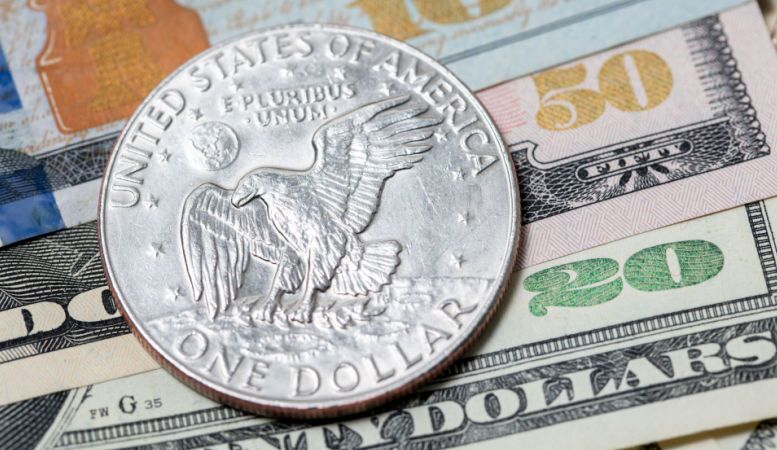
If you have a 1972 Eisenhower Dollar without a mint mark, it is a coin from the Philadelphia Mint, which produced three varieties of the copper-nickel-clad Ike Dollar. These coins were the prototypes of the series.
To determine the variety of the dollar you have, you need to look at the earth in the Apollo 11 insignia on the coin’s reverse. More specifically, study the appearance of the Caribbean Islands next to Florida.
- Type I (low relief appearance): Three distinguishable islands are visible off the Florida coast.
- Type II (high relief appearance): The three islands look like one island, and Florida has a triangular funnel shape. This type is a key date that is the rarest and most valuable of the three.
- Type III (modified high relief appearance): Florida has visible detail along its western coast, and the three islands are distinguishable and visible.
The Philadelphia coins have a relatively high numismatic value, especially if they are uncirculated, double-die, or proof coins in mint state.
Eisenhower Dollars from the Denver Mint, or “D” coins, also have a copper-nickel-clad composition. These coins have the same design as the Type III Philadelphia coin.
The San Francisco Mint struck a series of uncirculated and proof coins with a 40% silver and 60% copper composition. These silver-clad coins for personal collections are commonly referred to as “Silver Ikes.”
Unlike those the Philadelphia and Denver Mints produced, the San Francisco Mint fabricated no copper-nickel-clad proof versions. If you have an “S” coin, you have a 1972 Eisenhower silver dollar.
The government initially packaged the San Francisco “S” proof coins in brown cardboard boxes. Consequently, these coins earned the nicknames “Brown-Pack Ikes” and “Brown Ikes.”
The “Blue Ikes” or “Blue-Pack Ikes” are the uncirculated Eisenhower 40% silver dollars, as their original government packaging was blue envelopes.
Eisenhower dollars with their original United States Mint packaging have higher values, and you can expect a coin dealer to offer you a premium for these collectible dollars. Certified Acceptance Corporation (CAC) coin stickers on packaging can also increase a coin’s value.
Proof, Circulated, and Uncirculated Coins
The condition of your coin has a significant impact on its value. Circulated coins have been in public use and have seen the insides of wallets, pockets, coin slots, and cash registers. During the early stages of circulation, a coin’s design and surface start showing signs of wear and scratches, which can reduce its value.
Uncirculated coins are as good as new, with no signs of wear and tear, and they have a relatively high value. Personal or store collections typically consist of these coins in designated packaging.
Proof coins are special early samples of an issue and generally have a higher value than circulated or uncirculated coinage. Proofs typically have a mirror-like finish with sharp details. The minting process of these collectible coins involves striking them with a special die on a planchet.
Coin Grading System

Coin grading systems vary between those of the American Numismatic Association, which we explain here, and European systems. The grading of uncirculated coins ranges from MS-60 through MS-70 and indicates a coin’s condition. In this grading system, MS stands for Mint State.
An uncirculated Ike dollar with an MS-60 grading is in poor condition with extensive signs of wear. On the other hand, an uncirculated dollar with an MS-70 grading is flawless. Uncirculated silver dollars with a grading of MS-65 or higher are rare and highly valuable.
The gradings of circulated coins are:
- Choice About Uncirculated (AU-58)
- Good About Uncirculated (AU-55)
- About Uncirculated (AU-53 or AU-50)
- Choice Extremely Fine (EF-45)
- Extremely Fine (EF-40)
- Choice Very Fine (VF-35 or VF-30)
- Very Fine (VF-25 or VF-20)
- Fine (F-15 or F-12)
- Very Good (VG-10 or VG-8)
- Good (G-6 or G-4)
- About Good (G-3)
- Fair (Fair-2)
- Poor (Poor-1)
- Ungradable
Proof coins’ gradings range from PR-60 to PR-70. A grade of 70 indicates a flawless condition.
How Much Is a 1972 Silver Dollar Worth? Final Thoughts
Eisenhower Dollars can have value as both bullion and numismatic coins. In most cases, an Eisenhower Dollar’s value is a few cents higher than its face value. However, on rare occasions, one of these dollars can have a value of hundreds or thousands of dollars.
Do you want to invest in bullion or add coins to your collection? At the Oxford Gold Group, we offer a comprehensive range of precious metal options. Contact us today to learn more about Eisenhower Dollars or precious metals and to consult with one of our specialists.
